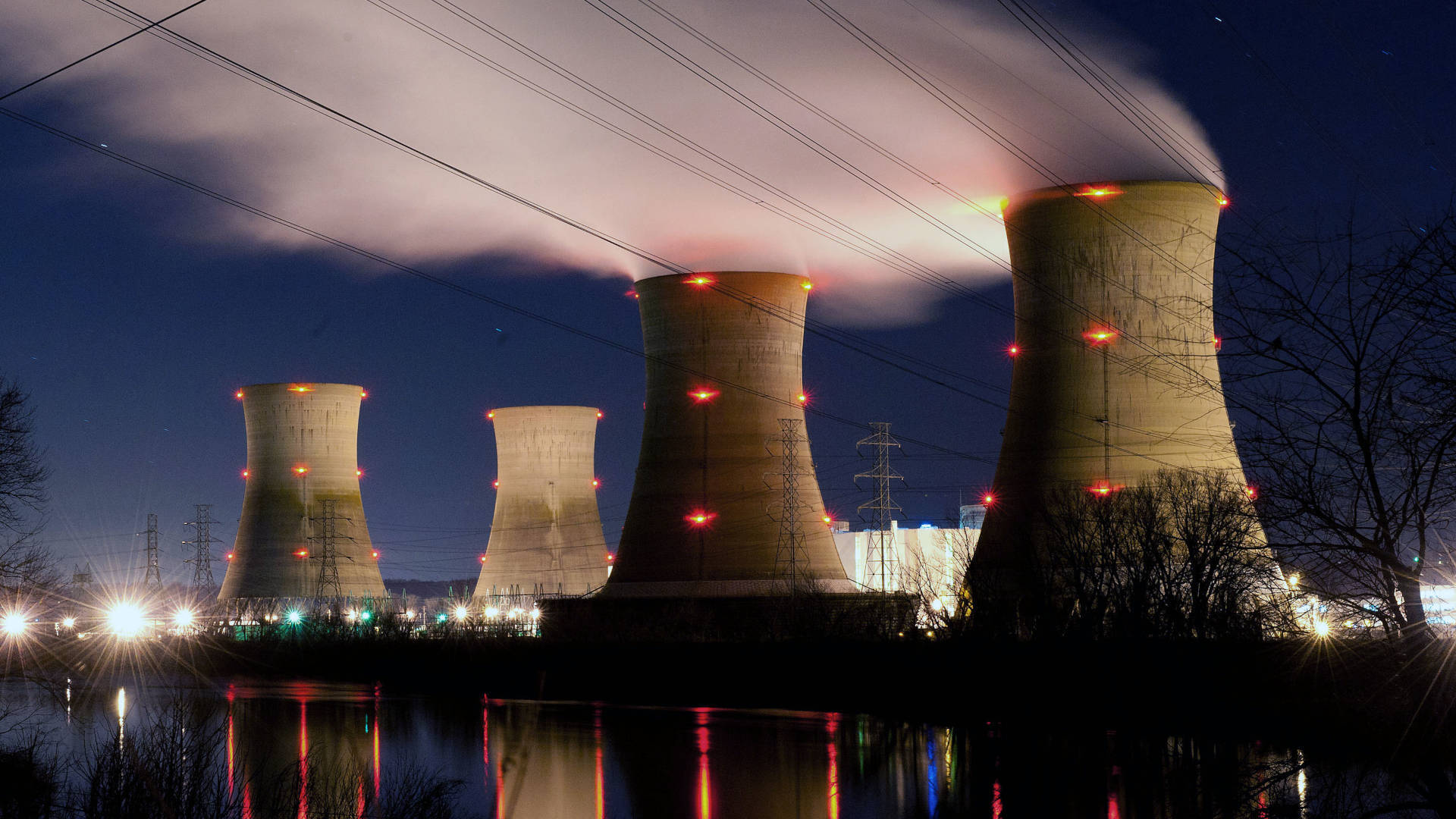The discussion of nuclear power, much like the discussion of communism, is met with entrenched positions on Lemmy.
Opinion:
Stopped reading there. And based on the comments, I don’t think I’m missing much.
News like these gave me the idea to when I’m eventually making my own Metroidvania, I’ll have a map where you have to prevent a nuclear meltdown on a small-size reactor that powers an AI datacenter…
I’ll have a map where you have to prevent a nuclear meltdown
Who would want to play a game where there’s nothing to do?
In every nuclear reactor we’ve ever had issues with it took ignoring engineers or specifically bypassing normal operations procedures to cause.
In your game… the answer would be “do nothing”. Game over, you win.
Or cause it!
Reactor meltdowns are fairly common in Metroid games already, though.
But the mining, milling, and production of nuclear fuel, as well as the construction and decommissioning of nuclear plants, emit greenhouse gases at levels ranging from 10 to 130 grams of carbon dioxide per kilowatt hour of power — lower than fossil fuels but higher than wind and hydroelectricity (and roughly on par with solar).
That’s interesting. The article they link gives a bit more detail:
These energy intensities translate into greenhouse gas intensities for LWR and HWR of between 10 and 130 g CO2-e/kWhel, with an average of 65 g CO2-e/kWhel.
While these greenhouse gases are expectedly lower than those of fossil technologies (typically 600–1200 g CO2-e/kWhel), they are higher than reported figures for wind turbines and hydroelectricity (around 15–25 g CO2-e/kWhel) and in the order of, or slightly lower than, solar photovoltaic or solar thermal power (around 90 g CO2-e/kWhel).
The wide range for nuclear apparently comes from difficulties in estimating the carbon footprint of mining/processing the uranium, but that nuclear is sort of in the middle of the pack in carbon footprint relative to renewables in spite of the fueling costs is good to know.
I suppose these sort of numbers may change dramatically in years to come. Take solar. A lot of focus seems to be on the efficiency of panels, which would almost certainly lower the carbon cost per unit of energy as it improves, but a breakthrough in panel longevity would also do that in an amortized emissions sort of way.




